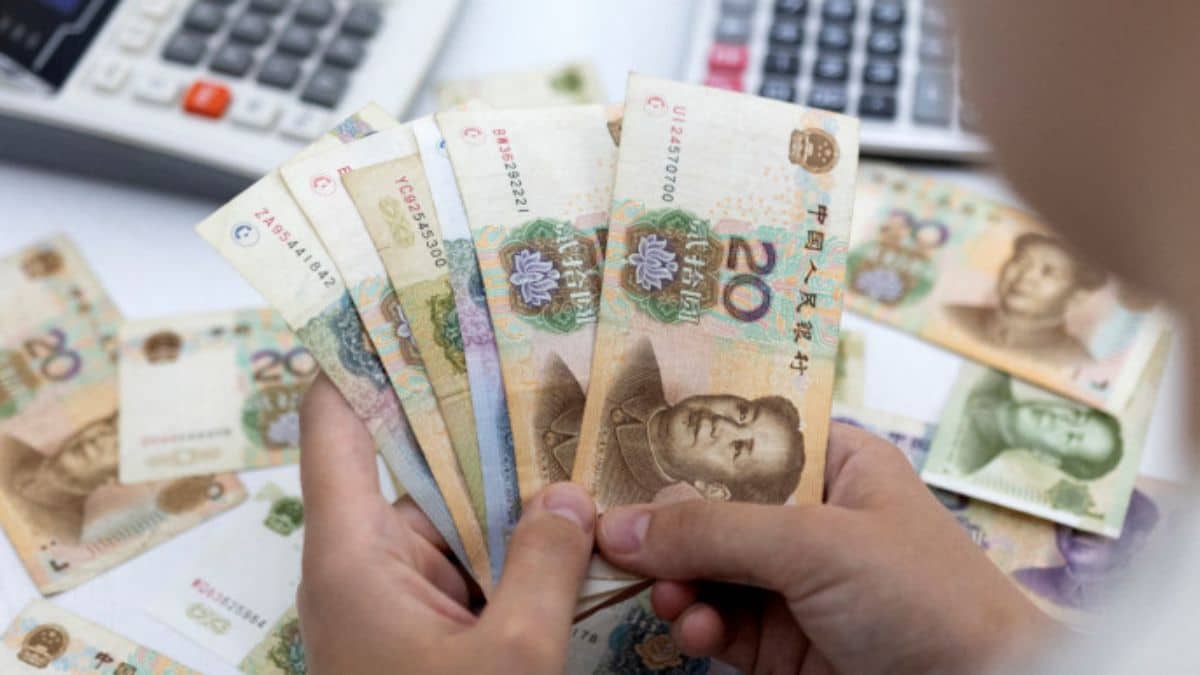 Image Credits - Reuters
Image Credits - Reuters
With ambitions of becoming a global trade hub and narrowing its sizeable trade gap with China, Bangladesh has issued a bold request: the establishment of a Chinese bank within its borders. This strategic move, announced by State Minister of Commerce Ahsanul Islam, reflects Bangladesh’s ambition to narrow its substantial trade gap with China, currently hovering around $22 billion.
The establishment of a Chinese bank within Bangladesh’s borders would act as a catalyst for smoother yuan-based transactions, potentially offering businesses preferential exchange rates and streamlined financial processes. This aligns with China’s own Belt and Road Initiative (BRI), aiming to expand its economic and political influence through infrastructure development and trade partnerships. By facilitating easier access to yuan, Bangladesh opens itself up to deeper integration with the BRI, potentially attracting significant Chinese investment.
Minister Islam envisions a two-pronged approach to bridge the trade gap: increased Chinese investment and re-exporting products manufactured through such investments. China, with its vast industrial capabilities and appetite for new markets, offers Bangladesh an opportunity to access capital and expertise, boosting its manufacturing sector and export potential. This aligns with China’s desire to expand its manufacturing footprint overseas, and Bangladesh’s strategic location and abundant workforce make it an attractive proposition.
Beyond trade, the move signifies China’s growing economic and political clout in South Asia. Bangladesh’s willingness to embrace yuan-based transactions and potentially join the BRI underscores China’s rising influence in the region. This development could have implications for other South Asian nations, who might see it as an incentive to strengthen their ties with China.
Minister Islam envisions a two-pronged approach to bridge the trade gap, increase Chinese investment and re-exporting products manufactured through such investments. China, with its vast industrial capacity and global market reach, presents Bangladesh with an opportunity to access capital, expertise, and new markets, boosting its manufacturing sector and export potential.
However, concerns linger regarding potential debt traps and limited technological transfer associated with BRI projects. Additionally, fostering a deeper economic relationship with China necessitates careful navigation of existing geopolitical tensions in the region.
